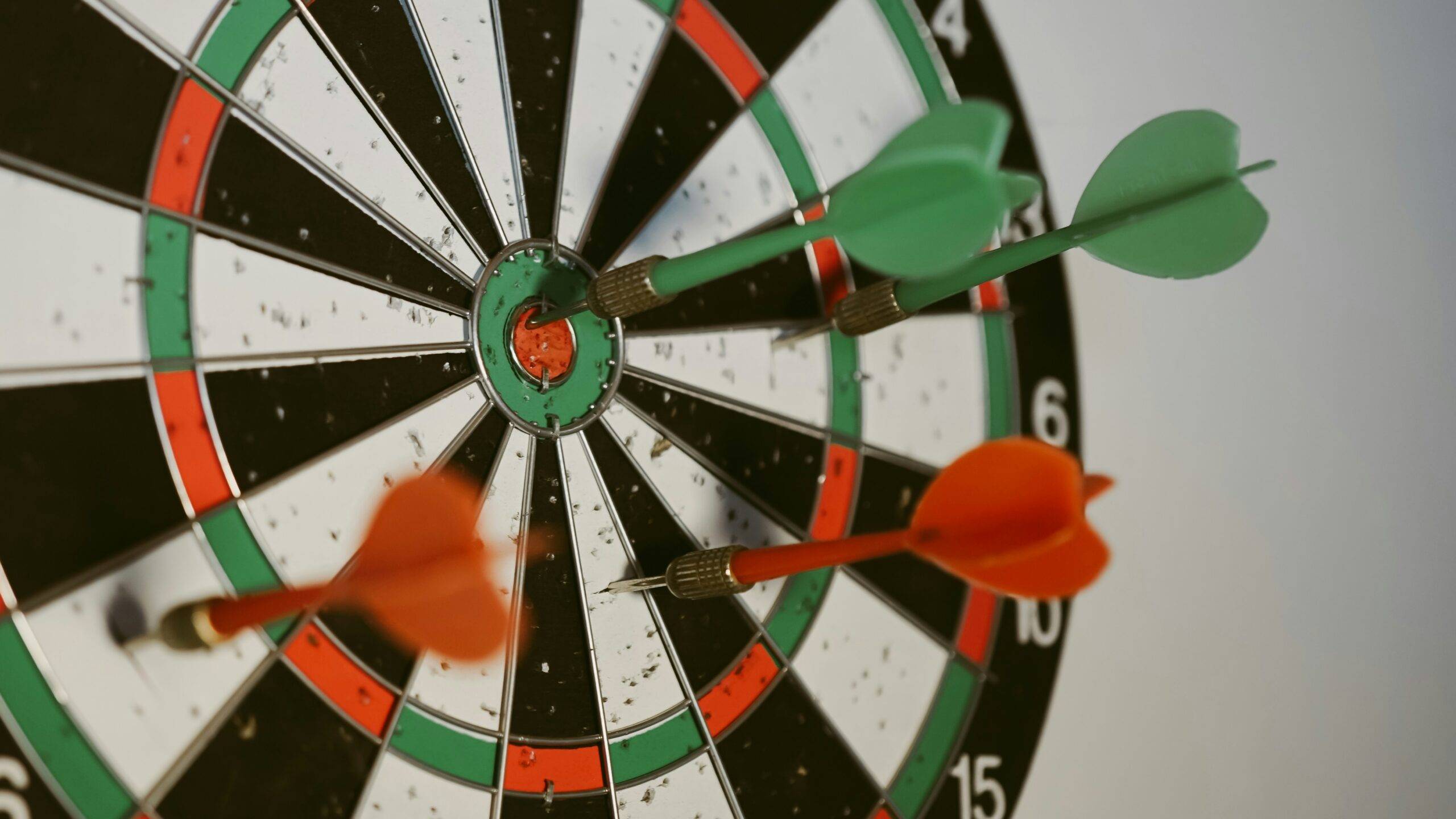
Mindfulness and Wellness
In today’s fast-paced world, where stress and anxiety seem to be constant companions, the concept of mindfulness has gained significant attention. Mindfulness, rooted in ancient Eastern philosophies, has emerged as a powerful tool for enhancing overall wellness. Let’s delve into what mindfulness is, its profound connection to wellness, and how you can incorporate it into your daily life.
Understanding Mindfulness
Mindfulness, at its core, involves paying attention to the present moment with openness, curiosity, and acceptance. It’s about being fully engaged in what you’re doing, whether it’s eating, walking, or simply breathing. Originating from Buddhist traditions, mindfulness has been adapted into various secular practices, making it accessible to people from all walks of life.
The Connection Between Mindfulness and Wellness
The relationship between mindfulness and wellness is multi-faceted. Numerous studies have shown that incorporating mindfulness into daily routines can lead to significant improvements in both mental and physical health. From reducing stress levels to enhancing emotional well-being, the benefits of mindfulness are far-reaching.
Mental Health Benefits
Mindfulness has been found to be particularly effective in reducing symptoms of anxiety, depression, and other mood disorders. By cultivating present-moment awareness, individuals can gain better control over their thoughts and emotions, leading to greater mental clarity and resilience.
Physical Health Benefits
In addition to its mental health benefits, mindfulness has been linked to improved physical health outcomes. Regular mindfulness practice has been shown to lower blood pressure, boost immune function, and reduce inflammation in the body. By promoting relaxation and stress reduction, mindfulness can contribute to overall longevity and well-being.
Emotional Well-being
Mindfulness encourages individuals to approach their emotions with compassion and non-judgment. By observing thoughts and feelings without getting caught up in them, individuals can develop a greater sense of emotional balance and equanimity. This, in turn, can lead to greater satisfaction and fulfillment in life.
Incorporating Mindfulness into Daily Life
While the concept of mindfulness may seem abstract, there are simple practices you can incorporate into your daily routine to cultivate mindfulness.
Mindful Breathing Exercises
One of the most accessible mindfulness practices is mindful breathing. Take a few moments each day to focus on your breath, noticing the sensation of air entering and leaving your body. This can help anchor you in the present moment and calm your mind.
Mindful Eating Practices
Many of us eat on autopilot, without paying much attention to the sensory experience of eating. Mindful eating involves slowing down and savoring each bite, paying attention to the taste, texture, and aroma of your food. This can lead to greater satisfaction and awareness of hunger and fullness cues.
Mindful Movement
Activities such as yoga, tai chi, and qigong are excellent ways to incorporate mindfulness into your daily life. These practices involve gentle movement coordinated with breath, helping to cultivate a sense of presence and relaxation.
Mindfulness Techniques for Stress Management
Stress has become a pervasive aspect of modern life, taking a toll on both our physical and mental well-being. Fortunately, mindfulness offers powerful tools for managing stress and promoting relaxation.
Body Scan Meditation
Body scan meditation involves systematically directing your attention to different parts of your body, noticing any sensations or tension you may be holding. This practice can help release physical tension and promote relaxation.
Progressive Muscle Relaxation
This technique involves tensing and then releasing each muscle group in the body, starting from the feet and working your way up to the head. Progressive muscle relaxation can help alleviate physical tension and induce a state of deep relaxation.
Guided Imagery
Guided imagery involves visualizing peaceful and calming scenes, such as a tranquil beach or a serene forest. By immersing yourself in these mental images, you can evoke a sense of relaxation and well-being.
Mindfulness and Sleep
Quality sleep is essential for overall health and well-being, yet many of us struggle to get adequate rest. Mindfulness can be a valuable tool for improving sleep quality and promoting relaxation before bedtime.
Improving Sleep Quality with Mindfulness
Practicing mindfulness before bed can help quiet the mind and signal to the body that it’s time to unwind. Techniques such as deep breathing, body scan meditation, and progressive muscle relaxation can promote relaxation and prepare you for restful sleep.
Bedtime Mindfulness Routines
Establishing a bedtime mindfulness routine can signal to your body that it’s time to wind down for the day. This could include activities such as gentle stretching, journaling, or practicing gratitude. By creating a calming bedtime ritual, you can set the stage for a restful night’s sleep.
Mindfulness and Productivity
In today’s hyper-connected world, distractions abound, making it challenging to stay focused and productive. Mindfulness can be a game-changer when it comes to enhancing concentration and managing distractions effectively.
Enhancing Focus and Concentration
Mindfulness practices such as mindful breathing and meditation can help sharpen your focus and concentration. By training your attention to stay anchored in the present moment, you can minimize distractions and increase productivity.
Managing Distractions Effectively
Rather than trying to eliminate distractions altogether, mindfulness teaches us to relate to them differently. Instead of getting swept up in distractions, practice observing them with curiosity and non-judgment. This can help reduce their power over you and enable you to stay focused on the task at hand.
Cultivating Mindfulness in Relationships
Mindfulness isn’t just about individual well-being; it can also profoundly impact the quality of our relationships. By bringing mindful awareness to our interactions with others, we can cultivate deeper connections and foster greater empathy and understanding.
Communication and Empathy
Mindful communication involves listening attentively to others without judgment or interruption. By truly being present with the other person, you can foster deeper connections and build trust in your relationships.
Strengthening Connections Through Mindfulness
Practicing mindfulness with your loved ones can deepen your bond and strengthen your connection. Whether it’s sharing a mindful meal together or taking a mindful walk in nature, these shared experiences can enhance intimacy and closeness.
Overcoming Common Challenges in Mindfulness Practice
While the benefits of mindfulness are undeniable, it’s not uncommon to encounter challenges along the way. From wandering thoughts to difficulty maintaining consistency, here are some strategies for overcoming common obstacles in mindfulness practice.
Dealing with Wandering Thoughts
One of the most common challenges in mindfulness practice is dealing with wandering thoughts. Rather than trying to suppress or eliminate them, practice observing them without judgment and gently redirecting your attention back to the present moment.
Maintaining Consistency in Practice
Consistency is key when it comes to reaping the benefits of mindfulness. Set aside dedicated time each day for mindfulness practice, even if it’s just a few minutes. By making it a regular part of your routine, you can gradually cultivate greater mindfulness and awareness.
Mindfulness and Self-Compassion
In our fast-paced society, we often hold ourselves to impossibly high standards, leading to feelings of inadequacy and self-criticism. Mindfulness offers a powerful antidote to this tendency, promoting self-compassion and self-acceptance.
Treating Oneself with Kindness and Understanding
Mindfulness encourages us to approach ourselves with the same kindness and compassion we would offer to a close friend. By acknowledging our imperfections with gentleness and understanding, we can cultivate greater self-compassion and resilience.
Embracing Imperfection
Mindfulness teaches us to embrace the inherent messiness of life, recognizing that perfection is an illusion. Rather than striving for an unattainable ideal, practice accepting yourself and your circumstances as they are, with all their imperfections.
Mindfulness and Resilience
Resilience is the ability to bounce back from adversity and navigate life’s challenges with grace and strength. Mindfulness has been shown to be a powerful tool for building resilience and cultivating a sense of inner strength.
Building Resilience Through Mindfulness
Mindfulness teaches us to approach difficulties with equanimity and acceptance, rather than getting caught up in reactivity and resistance. By cultivating present-moment awareness and self-compassion, we can weather life’s storms with greater resilience and grace.
Bouncing Back from Setbacks
Setbacks are an inevitable part of life, but mindfulness can help us navigate them with greater ease. By viewing challenges as opportunities for growth and learning, rather than insurmountable obstacles, we can bounce back from setbacks with renewed strength and resilience.
The Role of Mindfulness in Preventive Healthcare
Preventive healthcare focuses on maintaining overall health and well-being to prevent the onset of disease and illness. Mindfulness plays a crucial role in preventive healthcare by addressing both physical and mental health factors that contribute to overall wellness.
Reducing Risk Factors for Chronic Diseases
Chronic diseases such as heart disease, diabetes, and obesity are often linked to lifestyle factors such as poor diet, lack of exercise, and chronic stress. Mindfulness can help mitigate these risk factors by promoting healthy behaviors and reducing stress levels.
Promoting Overall Well-being
In addition to its role in preventing specific diseases, mindfulness contributes to overall well-being by fostering a sense of balance and vitality. By attending to both body and mind, mindfulness empowers individuals to take an active role in their health and wellness.
Mindfulness and Creativity
Creativity is the ability to generate novel ideas and solutions, a skill that is increasingly valued in today’s innovation-driven world. Mindfulness has been shown to enhance creativity by fostering a state of relaxed awareness and open-mindedness.
Fostering Creative Thinking
Mindfulness encourages us to approach problems with a beginner’s mind, free from preconceived notions or judgments. By cultivating curiosity and openness, mindfulness can unlock new perspectives and insights, fueling creativity and innovation.
Unlocking Innovation Through Mindfulness
Organizations that prioritize mindfulness and creativity create environments that nurture experimentation and risk-taking. By encouraging employees to cultivate mindfulness practices, companies can foster a culture of innovation and adaptability, driving long-term success.
Mindfulness in the Workplace
The workplace is often a breeding ground for stress, burnout, and disengagement. However, mindfulness offers a powerful antidote to these common workplace woes, promoting greater job satisfaction, productivity, and well-being.
Enhancing Job Satisfaction
Mindful employees are more engaged, productive, and satisfied with their work. By cultivating mindfulness in the workplace, organizations can create a more positive and fulfilling work environment, leading to greater employee retention and loyalty.
Creating a Positive Work Environment
Mindfulness practices such as meditation, yoga, and mindfulness-based stress reduction programs can help create a culture of well-being and resilience in the workplace. By prioritizing employee health and happiness, companies can foster a positive work environment where individuals thrive.
Conclusion
In conclusion, mindfulness is a powerful tool for enhancing overall wellness, encompassing mental, physical, and emotional well-being. By incorporating mindfulness practices into your daily life, you can reap the numerous benefits it offers, from reducing stress and anxiety to fostering resilience and creativity. Remember, mindfulness is not about achieving perfection but rather about embracing the present moment with curiosity, openness, and compassion.
Mindfulness in Everyday Life: Finding Peace in the Chaos
Mindfulness for Sleep: Techniques for Improving Sleep Quality and Quantity
Self-Care Rituals: Nurturing Your Mind, Body, and Spirit
Digital Detox: Mindfulness Practices for Reducing Screen Time and Restoring Balance
Mindful Work Habits: Enhancing Productivity and Focus
Unique FAQs
- How long does it take to see the benefits of mindfulness?
- While some people may experience immediate benefits from practicing mindfulness, it often takes consistent practice over time to notice significant changes.
- Can mindfulness help with chronic pain management?
- Yes, mindfulness has been shown to be effective in reducing symptoms of chronic pain by helping individuals develop greater awareness and acceptance of their sensations.
- Is mindfulness suitable for everyone?
- Yes, mindfulness practices can be adapted to suit individuals of all ages and abilities. However, it’s essential to approach mindfulness with an open mind and consult with a healthcare professional if you have any underlying medical or psychological conditions.
- How can I incorporate mindfulness into a busy schedule?
- Even small moments of mindfulness, such as taking a few deep breaths or pausing to notice your surroundings, can make a significant difference. Look for opportunities throughout your day to bring mindful awareness to your activities.
- What if I find it challenging to sit still and meditate?
- Mindfulness is not limited to formal meditation practice. You can incorporate mindfulness into everyday activities such as walking, eating, or even washing dishes. Experiment with different mindfulness practices to find what works best for you.






















